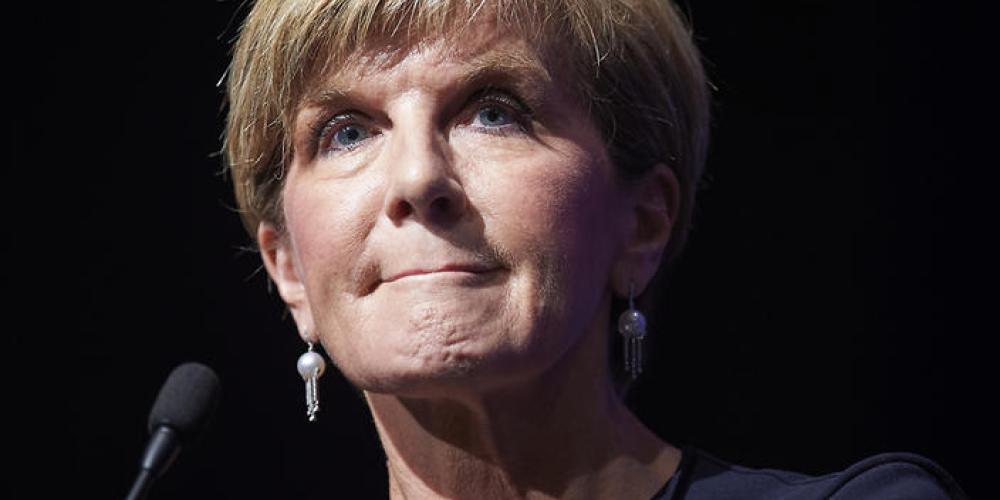Rising inequality is expected to reduce each Australian’s salary by $500 by 2019-2020, new analysis for the Labor Party’s think tank shows.
The commission is led by Chifley Research Center’s executive director and former speechwriter to Julia Gillard, Michael Cooney, and the former Labor treasurer Wayne Swan. Amanda Robbins of Equity Economics was the principal author.
If no action is taken to address rising inequality in Australia, then over the next 25 years the cost of the increase will grow to 3% of gross domestic product, according to the Inclusive Prosperity Commission’s report ‘Inequality: the facts and the future’, released on Monday, AAP reported.
That’s the equivalent of wiping out the gains of national competition reforms of the 1990s, which boosted the economy by 2.5% of GDP, and more than the claimed benefit of recent free trade agreements with Japan, Korea and China.
The combined benefit of those agreements is just 0.1% of GDP, the report said.
The analysis prepared by Equity Economics and based on OECD research, looks into the “hidden headwind”: inequality.
It finds Australia did better than most to distribute the gains of a once-in-a-lifetime commodities boom.
But there is evidence Australia’s economy is actually perpetuating inequalities instead of reducing them—and it comes with a price tag.
The paper argues inequality hampers economic growth because overall household consumption is reduced.
By giving lower and middle-income earners a lower share of income they have less to consume in the economy, while investment opportunities in poorer parts of the population are reduced.
In dollar terms, the increase in inequality between 2011-12 and 2013-14 could cost the Australian economy $13.1 billion in forgone output by 2019-20.
“For an individual this means they will be earning around $500 less per person in 2019-20,” it says.
Order of Magnitude
The paper warned inequality will have an impact on Australia’s capacity to transition from a mining economy to a more innovative, modern economy.
“Our ‘order of magnitude’ estimate shows that rising inequality, left unchecked, poses a serious economic risk for Australia,” the paper said.
“Rising inequality will reduce the pace at which the economy can grow, damaging long-term growth prospects and even worse, negating hard-won gains of successful economic policy in the past.”
The paper found over the long term, a one Gini point increase in inequality is estimated to reduce the level of GDP by 3%.
The paper’s policy prescriptions include access to quality education from early childhood, ensuring women’s return to work was financially viable through childcare and paid parental leave as well as affordable healthcare.
Unsurprisingly, the paper also suggests changing the tax mix in line with Labor policies to crack down on generous tax concessions in the areas of negative gearing, capital gains and superannuation.
A$ Under Pressure
The Australian dollar has opened the new trading week modestly lower, testing the 76 US cent level as markets continue to digest hawkish remarks from US Federal Reserve officials late last week, Business Insider reported.
As at 7.55am AEST Monday, the AUD/USD buys .7612, taking the decline from the highs seen two weeks ago to close to 2%.
Last week the Aussie lost 0.3%, the first weekly decline seen since late July.
While it is currently under pressure, Elias Haddad, senior currency strategist at the Commonwealth Bank, doesn’t expect it will fall much further in the week ahead.
“AUD/USD will likely find some support near 0.7550,” says Haddad, noting that this region corresponds with an area of technical support.
Along with technicals, Haddad also outlines four fundamental factors that will also help to underpin the Aussie: the prospect of more accommodative monetary and fiscal policies is supportive of the global economic outlook, commodity prices continue to recover which benefits Australia’s terms of trade, Australia’s economy is growing at an above trend pace of 3.1% p.a. and real Australian interest rates (inflation adjusted) remain a magnet for foreign capital in the current global environment of ultra-low and negative rates.


